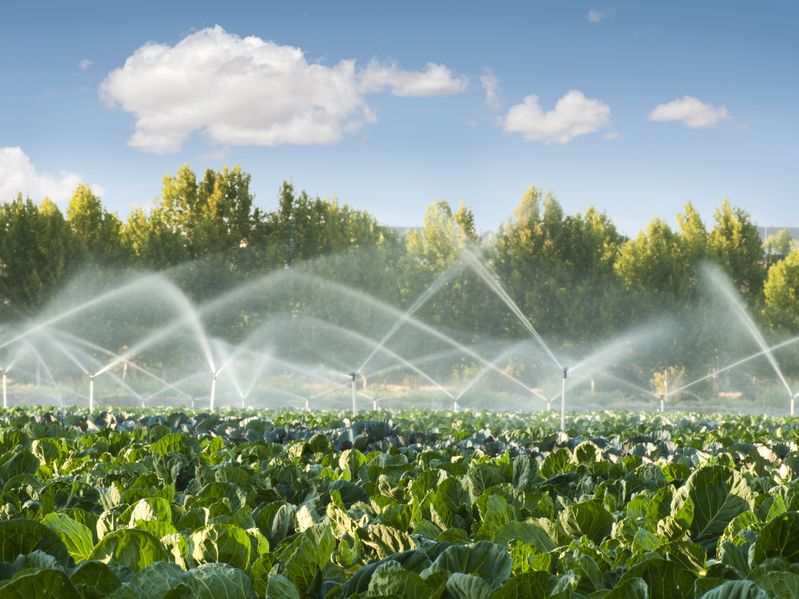
The NFU has said farmers and growers face a 'greater risk' over their future access due to increased demand from other users and climate change.
The comments come as a new irrigation water strategy for agriculture was launched at the annual conference of the UK Irrigation Association last week.
The NFU has contributed to the strategy, saying the launch comes at a 'crucial time' for the irrigated crop sector.
The report explores three main themes focusing on ‘irrigation hotspots’ in England, addressing environmental and regulatory challenges, and encouraging abstractors to work together to build resilience to water risks.
The strategy also sets out a high-level vision to support economic growth and increase food security in the United Kingdom.
It goes on to highlight how industry bodies are seeking a way to secure a fairer share of water and help recognise that agriculture is an 'essential use'.
NFU water specialist Paul Hammett said growers of fresh fruit and vegetables 'need a fair share' of the nation’s water resources.
"They face greater risks about their future access to water from a combination of increased demand and competition from other users, and more extreme weather events.
"The strategy will make an important contribution in discussions with government, public water companies and other sectors as we seek domestic agricultural policies that promote domestic food security," he added.
Meanwhile, Defra is expected to publish its national water planning framework after the March 2020 Budget, tasked with introducing the principles of long-term and multi-sector water planning.
The NFU said it hopes the new strategy will help shape farming's needs in the future development of new water supplies and transfers, and in reviewing the use of water company, agricultural and environmental drought measures.
